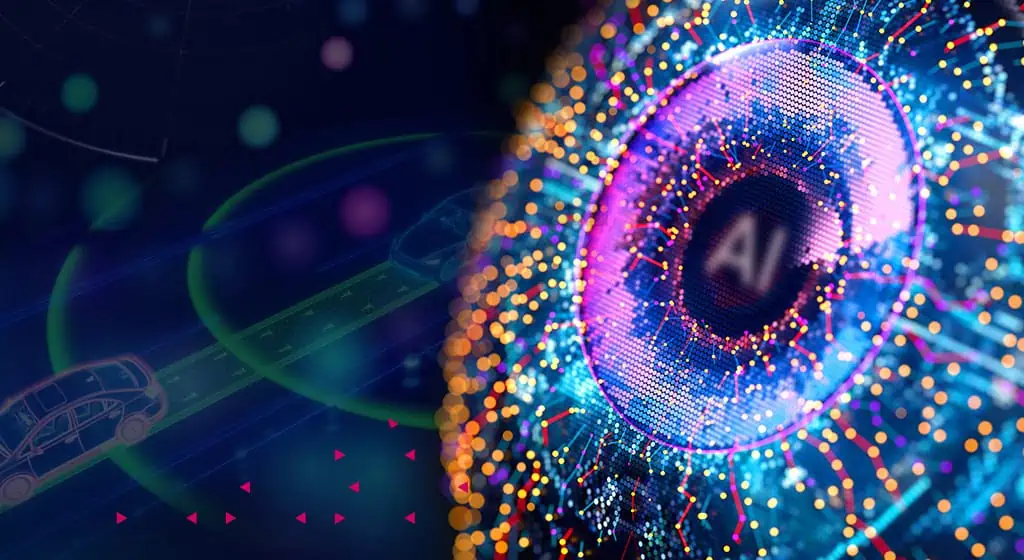
Cadence Design Systems, Inc. today expanded its Tensilica IP portfolio to address the increasing computational requirements associated with automotive sensor fusion applications.
The new high-performance Cadence® Tensilica® Vision 331 DSP and Vision 341 DSP combine vision, radar, lidar and AI processing in a single DSP for multi-modal, sensor-based system designs, delivering excellent energy efficiency in a small area.
When paired with the new Cadence Tensilica Vision 4DR Accelerator optimized for 4D imaging radar applications, customers can achieve even greater radar performance and higher energy efficiency.
A major automotive SoC provider and early access customer has selected the Vision 341 DSP for its next-generation automotive SoC, demonstrating customer demand for these new solutions.
The new Vision 341 DSP and Vision 331 DSPs combine the proven Tensilica ConnX and Vision instruction-set architectures to offer SoC providers for automotive, drone, robotics and autonomous vehicle systems a highly programmable, single-DSP solution for image sensing, radar, lidar and AI workloads. Other features and benefits include:
The 1024-bit Vision 341 DSP provides 2X multiply-accumulate (MAC) capability compared to the Vision 331 DSP while delivering the best performance and energy efficiency compared to GPUs or CPUs.
For certain 4D imaging radar workloads, the 512-bit Vision 331 DSP offers up to 4X performance improvement over the Vision 230 DSP in radar boost mode, while the Vision 341 DSP offers up to 6X performance improvement compared to the Vision 230 DSP.
When paired with the new DSPs for 4D imaging radar applications, the Vision 4DR accelerator offers 3X greater performance and up to 6X greater performance/area advantage compared to a Vision 341 DSP alone and 5X greater performance compared to a Vision 331 DSP alone.
The new Vision DSPs deliver up to 2X computer vision performance improvements for computer vision filter and NMS algorithms, as well as AI improvements for quantization and depthwise separable convolution.
The Vision 341 and Vision 331 DSPs support the Tensilica Instruction Extension (TIE) language, allowing customers to customize the instruction set. The Cadence NeuroWeave™ Software Development Kit (SDK) provides neural network support for both DSPs.
In addition, the Vision 341 and Vision 331 DSPs support more than 1700 OpenCV-based vision library functions, SLAM Library, Point Cloud Library (PCL), Radar library, Nature DSP library, OpenCL and the Halide compiler for computer vision, imaging, radar and lidar applications. Both cores are automotive ready with ASIL-B hardware random faults and ASIL-D systematic fault certification.
David Glasco, VP of R&D for the Silicon Solutions Group at Cadence, said; “With the growing prevalence of vision transformers, automotive SoC and systems companies need best-in-class performance for sensor fusion applications. Increasingly, they are seeking a highly flexible single-DSP solution for computer vision, radar and lidar with AI processing.
“As the leading provider of vision and radar DSP IP, we’re extremely well positioned to capitalize on this growing need by offering our customers the best of both worlds in a single DSP with optional radar acceleration for emerging 4D radar applications.”

















